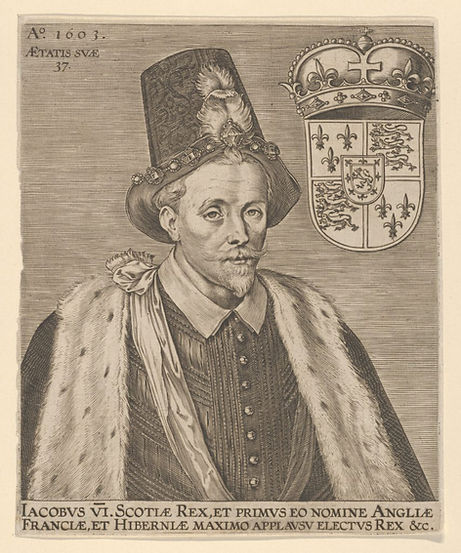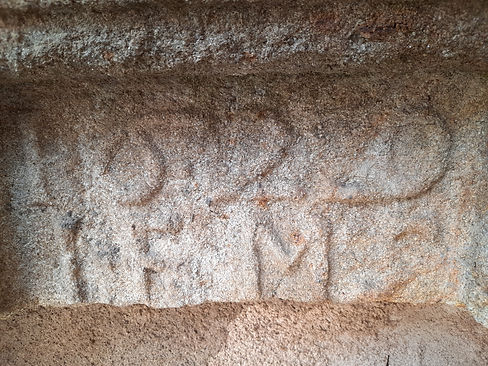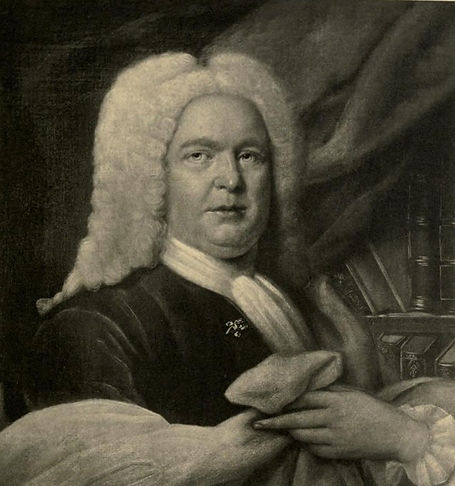
Heritage and History
At Lickleyhead Castle
Connections Through the Ages
One castle, many stories
Thousands of people around the world have an ancestral connection with Lickleyhead Castle. Over the past five centuries the building has been held by at least eight different dynasties. If your surname is Leith, Leslie, Forbes, Lumsden or Duff, there is a good chance that your great great great grandparent lived and breathed within these walls! Of course names aren't everything and many people with a Scottish heritage might have a connection through the maternal line or have a distant relative who worked tirelessly here as a servant or labourer. As you stand within these granite walls you might ask yourself, who was that person? How much are they like me? And what would I say to them if, just for a moment, we crossed paths on the spiral staircase? Those people each had their own story here; each family added to the physical structure that now exists, as a monument to their struggles and triumphs. These stories are sometimes curious or amusing, other times dark or frightening, but to know them is to know a part of yourself. Get to know that part of yourself. Visit a place where now and then intertwine. Your escape from the present day begins at Lickleyhead Castle!
Clan Leslie
‘Thick sit the Leslies on Gaudy side,
At the back of Bennachie.’
The Leslie family has a very long and deep association with Lickleyhead Castle. The founder of the lineage, Bartholf, was a Hungarian nobleman granted land in the area during the reign of Malcolm III. The land upon which the castle now sits was acquired by the family through marriage in the 13th century after which they held it for the best part of two hundred years. During the 18th and 19th centuries many Leslies lived in the castle as tenants. In the 1920's a colourful Mexican connection brought Lickleyhead fully back into Leslie hands, as owner Maria Luz de Landa married William Leslie. Their descendant, actress Rose Leslie, lived at Lickleyhead Castle as a child. She has since starred in smash hits such as Downton Abbey, The Good Fight, Vigil and of course Game of Thrones. Her portrayal of Ygritte in this latter led to romance with fellow actor Kit Harrington. Their wedding in 2018 saw many of those associated with the show stay at Lickleyhead. Fret not however, you don't have to be a wildling to stay at Lickleyhead Castle!
Clan Leith
Trustie to the End
The Leiths purchased the land on which the castle now stands around the turn of the 16th century and held it for over a hundred years. The oldest parts of the current castle date from this period. From the time of the forced abdication of Mary Queen of Scots in 1567 until her death in 1587, the Leiths of Lickleyhead Castle were implicated in at least two conspiracies led by the Earls of Huntly to return Mary to the throne. Both William Leith and his son Patrick were required to give bonds of security to the court of James VI (later James I of England), for their good behaviour. Son Patrick seemed to die before his father and the castle was inherited by William's grandson, another Patrick. He was involved in a famous feud with John Forbes throughout the early 1620's over hunting rights. The modern guest is encouraged to shoot wildlife with a camera rather than a musket. And don't fight, there's plenty to go around!


Clan Forbes
Schottis was schott
Clan Forbes was a well known feuding clan. The 16th century clan war between the Forbes and the Gordons, for example, saw massacres carried out on either side. In 1625, John Forbes, despite his earlier disagreement with Patrick Leith, purchased his home and began remodelling the structure. The current western wing was built and another floor added to the central keep sometime before 1629 when the inscription (left) was made above the front door showing the date, his initials and those of his wife, Margaret Skene. During the British Civil War, despite his advancing age, John Forbes was involved in a duel with rival Sir Gilbert Menzies and 'schottis was schott'. Both men stumbled off to seek treatment though neither died from their wounds. John Forbes' natural son, William Forbes, turned his hand to bounty hunting around the same time and in attempting to subdue Alexander Irvine he killed him. In 1645, while living at Lickleyhead, this same William blew off his own hand with a pistol, an accident attributed by some to be Divine Judgement for the murder. Please refrain from duelling with pistols during your stay!
Clan Duff
And there were the Duffs, all arranged on one side...
The Duffs were a rich and prestigious family during the eighteenth century. In 1723, Patrick Duff bought the castle, one of numerous large properties he owned across Scotland. This must partly have been from the necessity of housing all his offspring, as this laird had thirty six children during his lifetime. His second wife, Mary Urquhart, gave birth to twenty three of these! His youngest son from his first marriage, also Patrick, inherited Lickleyhead. Much of the East Wing of the castle was constructed during this period. By profession Patrick was a lawyer, and a notably successful and respected one. In contrast to his father he seems not to have had any children with his wife, Margaret Duff, who was also his cousin and a good deal younger than the laird himself. Lickleyhead welcomes larger families to the whole castle and smaller groups to stay in the East Wing.


Clan Lumsden
The lairds had only to put forth their hands and receive a mountain
The tale of the Lumsden family during the Victorian era, the time they held Lickleyhead Castle, is one of both greed and great sadness. The castle was bought by Henry Lumsden at the start of the 19th century and held by the family until 1922. One of the last large areas of common land in Aberdeenshire was the neighbouring mountain of Bennachie. Throughout the 1850s the local lairds, Henry Lumsden chief among them, conspired to seize this land for themselves. This was achieved by 1858 and poor crofters living in the 'Colony' were evicted. The laird of Lickleyhead did not live to see this day himself however, dying in 1856. Personal tragedy was to follow the family all through this decade. First son Harry and his wife died in 1850, followed by the laird, then the laird's grandson, another Henry in 1859. Various uncles also passed away, leaving younger grandchild Hugh Lumsden as the only male in the family tree. Further heartache was to strike as Hugh's second son, Major Carlos Barron Lumsden, was killed in 1916 during the First World War, one month prior to his father's death.
The castle's stones have truly seen hundreds of stories. But story telling can go more than one way. Why not add your story to the history of this place?
Learn More
If you are interested in your Scottish family roots, there are plenty of resources out there, and places you can visit, to find out more.
The Aberdeen and North East History Society has a great collection of documents and photographs relating specifically to this area. Their mission is to assist in the study of genealogy and family history. They also hold records on the rest of Scotland and the wider world. They have a research centre in Aberdeen you can visit.
Scotlands People is based in Edinburgh and they hold records relating to births, deaths, marriage and census records as well as wills & testaments throughout the entire country over a number of centuries. They are the Scottish governments official source of geneological data.
The Aberdeen City Council Family History Research Department is a great resource for expanding knowledge about your ancestors. It holds records on electoral rolls, taxes, education and church records, some of which date back to 1653. They also hold records of interment if you are looking for a gravestone.









